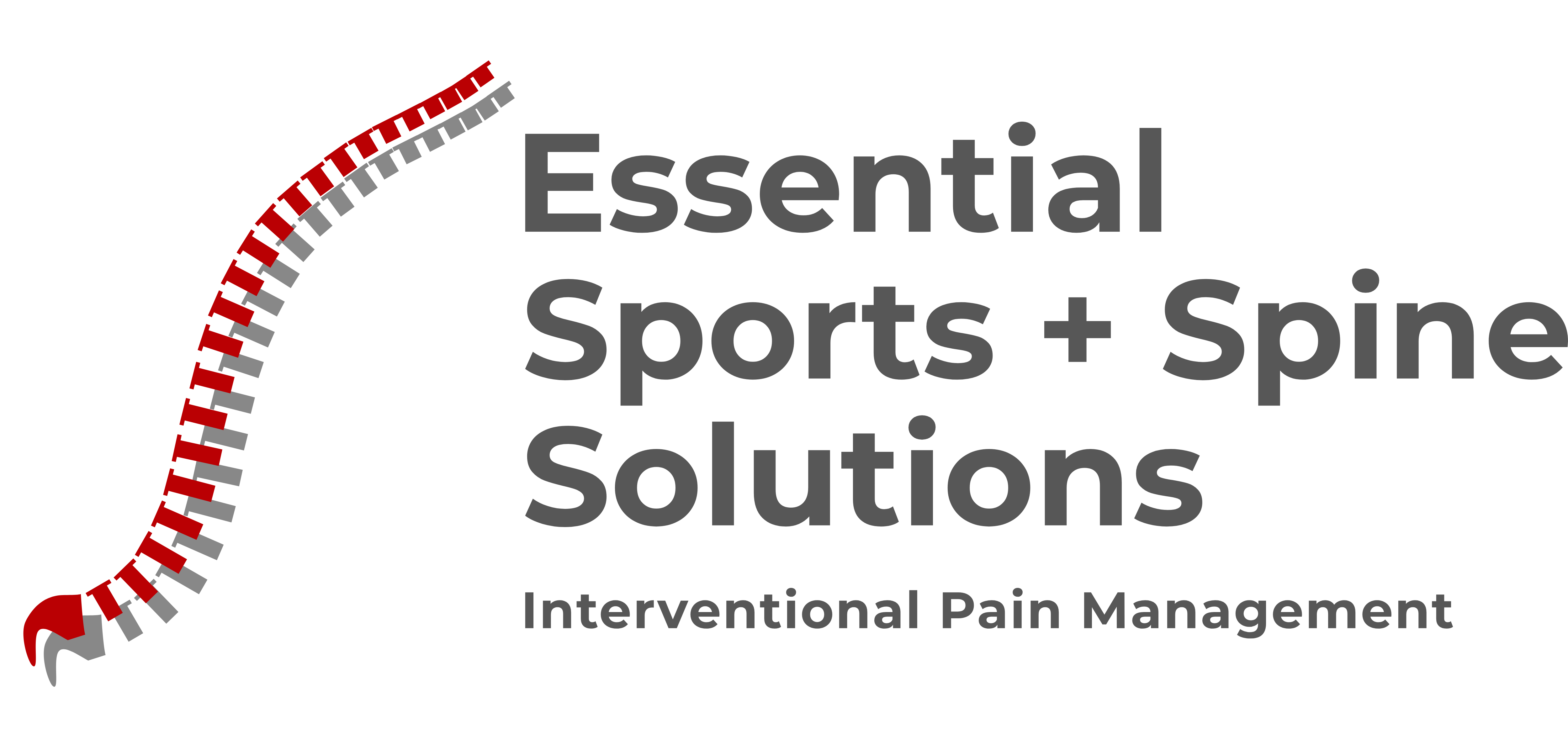Neuropathy Treatments
Neuropathy is a condition that affects peripheral nerves throughout the body. It occurs when the peripheral nerves that travel throughout the body become damaged in some way. Neuropathy affects several nerves in any given area, and it’s common for people with diabetes due to extreme fluctuations in blood sugar levels. Poor circulation can also play a role in the condition’s severity.
In the beginning, mild numbness and tingling may be the most noticeable symptoms. As the nerves become more severely damaged, chronic nerve pain can begin to present itself ranging from very mild to debilitating. Because the pain is the result of actual damage to the nerve itself, it may not respond well to over-the-counter pain relievers.
Neuropathy FAQs
Damage to the nerves can be the result of an injury that damages the spinal cord or causes the bones to heal abnormally. Diabetes is another primary cause of neuropathy. The fluctuation of blood glucose levels can prevent the nerves from getting the nutrients they need to function properly. If they’re continually deprived of what they need to remain healthy, the resulting damage can lead to diabetic neuropathy.
Dr. Stephens can develop a pain management plan that will be able to not only relieve the pain of neuropathy but also slow down its progression. With proper treatment, you will be able to become more active. Increasing your level of activity and regularly exercising may also help to control your pain and discomfort.
Once a nerve has been damaged in any way, the possibility of reversing the condition is slim. Technological advancements, however, are making it possible to stimulate the nerves, improving their ability regenerate to a certain degree.
While you may not be able to prevent nerve damage altogether, you can stop it from becoming severe and slow down its progression over time.
Dr. Verma has several treatment options at his disposal that he can use to prevent further damage to the nerves, while at the same time effectively managing your pain and allowing you to regain your mobility.
Treatment Options for Neuropathy
Spinal Cord Stimulation
When pain medications fail to work, and surgery is not an option, spinal cord stimulation can help manage chronic pain. Spinal cord stimulators are small devices implanted under the skin that send electrical waves to the spinal cord—the pulses of electric current block the pain signals from ever reaching the brain. Unlike many treatments, this minimally-invasive treatment is reversible and adjustable for your specific pain condition.
Peripheral Nerve Blocks/Stimulators
Kyphoplasty treats compression fractures in the spine. It’s most commonly done under general anesthesia. The procedure is performed using a balloon catheter injected into the vertebrae. When the balloon inflates, it helps restore the collapsed vertebrae affected by the compression fracture. When the balloon is completely inflated, it is removed, and the space is filled with bone cement (called polymethylmethacrylate). The cement then hardens and helps correct the height of the vertebrae.

